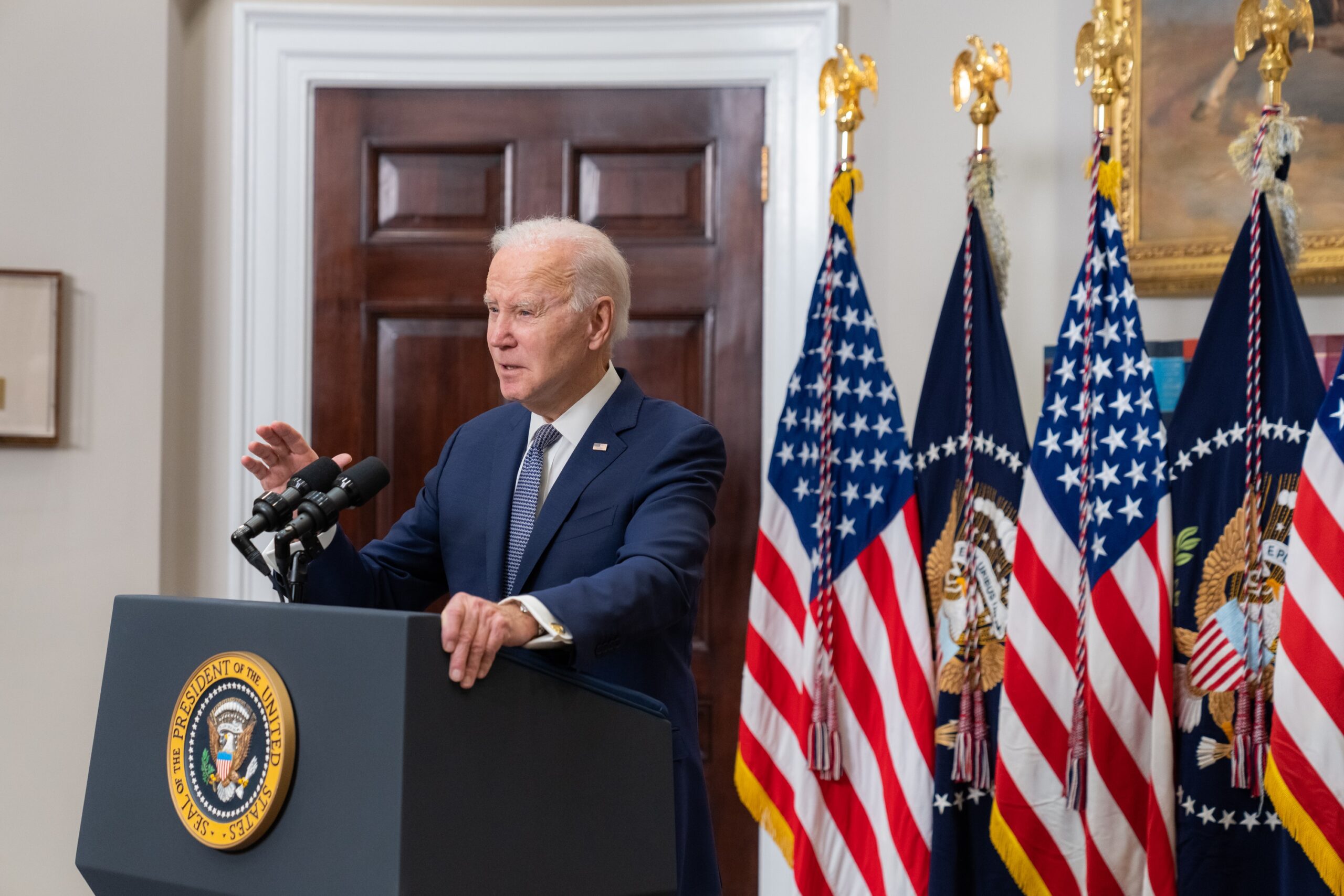Does Biden Make ConocoPhillips Happy About Alaskan Oil Drilling?

Biden approved and scaled back a major oil project in northern Alaska. The president is caught between ecological transition and economic security, but he may have disappointed both environmental activists and oil companies
On Monday, President Joe Biden's administration approved a scaled-down version of a major ConocoPhillips oil project in Alaska, in the far northwest United States and North America.
The project, called Willow, is worth about 8 billion dollars and will be built within the Alaska National Oil Reserve, a hydrocarbon-rich area owned by the US federal government that extends for 93 million hectares in the North Slope, a region on the coast of the Arctic Ocean.
WHAT THE BIDEN ADMINISTRATION DECIDED
On Monday, the US Department of the Interior, which manages the Alaska National Oil Reserve, approved the Willow project, but reduced its size – insisting a lot on this aspect – to limit the environmental impact in an extremely significant area from an ecological point of view: human settlements (mainly by Inupiat natives) in the Oil Reserve are small and rare, while caribou, grizzly bears and arctic birds such as the yellow-billed loon abound.
The department also said it will remove additional portions of Arctic territory from areas designated for oil exploitation.
A REDUCED VERSION
Three drilling sites will therefore be built, instead of five (those closest to Lake Teshekpuk have been banned).
The area that will be covered by infrastructure will also be smaller than that proposed by ConocoPhillips, which would have wanted to build tens of kilometers of roads (there are none at all, in the Alaskan National Oil Reserve), seven bridges and various pipelines to facilitate travel from and towards the extractive fields.
WHAT THE TRUMP ADMINISTRATION HAD DONE
The Willow project in its "complete" version was initially approved by Donald Trump's administration, but in 2021 an Alaskan federal judge blocked the decision, arguing that the environmental impact assessment had not been carried out correctly.
THE POTENTIAL OF THE WILLOW PROJECT IN ALASKA
According to estimates, the area affected by the Willow project should allow the production of 600 million barrels of oil in thirty years. This is more than is currently held in the US Strategic Petroleum Reserve , which serves as an emergency “stockpile” but which has been used in recent years to help lower international crude oil prices .
According to ConocoPhillips, the project will provide up to $17 billion in revenue for the federal, Alaskan and local state governments, and is expected to create 2,500 jobs. Many indigenous groups are in favor of the Willow project: in Alaska, and particularly in the North Slope, employment opportunities are scarce.
The revenues of the oil and gas industry are worth more than 65 percent of the Alaskan budget and are redistributed among the population. The economic dependence on the oil sector is therefore profound. However, if thirty years ago Alaska accounted for a quarter of US crude oil production, in 2019, before the pandemic, it stopped at just 3 percent: the transition to low-emission energies, which made it more difficult financing and reduced profitability of hydrocarbon extraction projects located in complex areas from a logistical point of view.
CONOCOPHILLIPS SHAREHOLDERS
ConocoPhillips is a Texan oil company – based in Houston – and is the main operator in Alaska, where it participates in the Kuparuk and Prudhoe Bay projects in the north of the state.
Its main shareholders are the American investment firms Vanguard Group (8.8 percent) and BlackRock (5 percent).
THE ESTIMATED ENVIRONMENTAL IMPACT
Despite the downsizing of the project, the Biden administration's decision was still highly contested by environmental activists due to the potential impact of the drilling on the Alaskan ecosystem and climate.
The Arctic is in fact warming at twice the global average rate, and the combustion of the 600 million barrels of oil that Willow is expected to put on the market could cause theemission of almost 280 million tons of carbon dioxide into the atmosphere.
WAS ALASKA THE BIDEN CROSSROADS?
The Willow project represented a bit of a test for Joe Biden, caught between the ecological transition on the one hand and the need, on the other, to guarantee American economic security in the face of global energy crises.
If the president had authorized drilling in Alaska, environmentalists would have interpreted the decision as a betrayal of commitments to climate action, despite plans to reduce emissions and the big cleantech manufacturing bill . If he had rejected it, however, the executives of the oil companies would have accused him of hypocrisy: in fact, Biden spent almost all of last year attacking the oil & gas sector to convince it to increase crude oil production , in order to favor the decline of the price of fuel.
The White House then tried not to displease either side: it approved Willow, showing the industry that the United States is still open to major oil projects outside the shale basins ; but at the same time it reduced the size of the project and blocked the possibility of exploiting much of the Alaska National Oil Reserve.
At least for the moment, however, neither the activist nor the industrial world has expressed satisfaction.
This is a machine translation from Italian language of a post published on Start Magazine at the URL https://www.startmag.it/energia/petrolio-progetto-willow-alaska/ on Tue, 14 Mar 2023 09:32:17 +0000.
